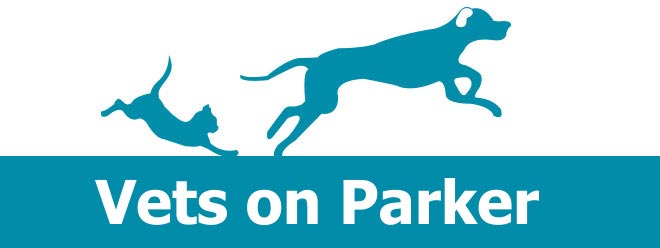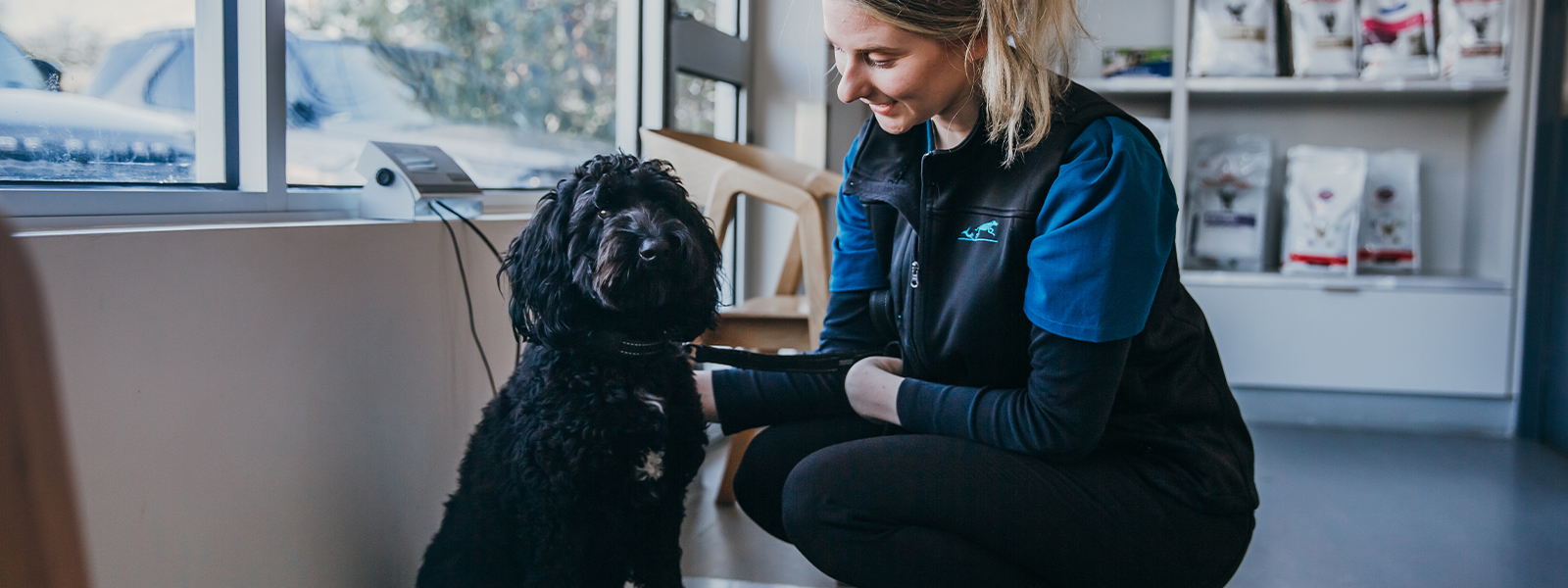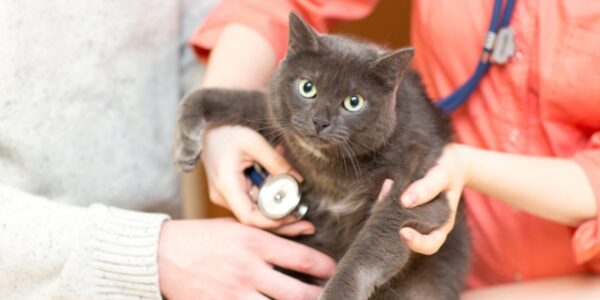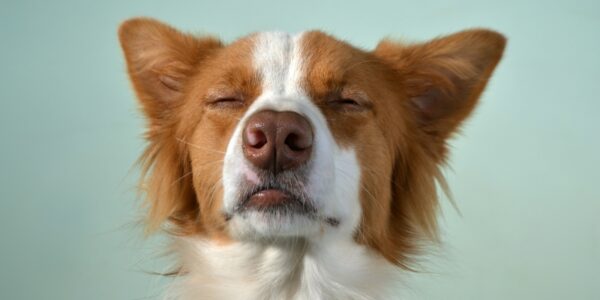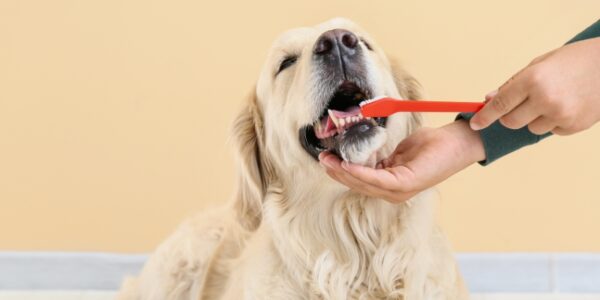Did you know that over 40% of dogs and 30% of cats in Australia are classified as overweight or obese!
Pet obesity is caused by:
- Over feeding
- Not enough exercise
- Too many snacks and treats (in particular human treats)
- Hypothyroidism
Unfortunately, the extra weight that our pets carry can lead to the similar health problems we see in humans and can shorten their life! Common problems caused by obesity are:
- Diabetes
- Osteoarthritis
- Spinal problems
- Cruciate injuries
- Higher anaesthetic risk
- Exercise intolerance
- Heat intolerance
- Skin problems
If you are concerned your pet may be overweight, please speak to one of our friendly team members and organise a time to come in and speak to a vet or vet nurse. We are here to help your pets live longer and happier lives. We promise to provide you with constructive and positive advice to normalise your pet’s weight and improve their overall health.
Top five tips for weight loss in dogs
- Dogs are not that different to us – input must be less than output for weight loss to occur. The easiest way to do this it to simply feed your pet less dry or wet food. Whilst this might sound easy, it can be difficult to remain firm in the face of a pair of pleading puppy dog eyes.
- Vegetables. These are your get out of jail free card. Vegies are a very simple way to bulk up your dog’s diet without giving them extra calories. Removing approximately 1/4 – 1/3 of your dog’s calorie intake and replacing with vegetables will keep them full and the kilograms will drop off!
- Drop the carbs. We have all fallen into this trap – purchasing low fat food and realizing after, that the fat has been replaced with sugar! Pet food is the same. The ideal weight loss food should be low in fat, low in carbs and high in protein and fibre. If you prepare your pet’s food at home – stop the carbs and swap them with vegies.
- Snacks and table scraps. A small amount of cheese for Fido is like a block of cheese for us and a biscuit is equivalent to pack of biscuits. So please keep this in mind when feeding Fido off your plate. There are some fantastic low fat and tasty alternatives available these days. For Fido’s sake, it is best to turn to the dried chicken breast treats rather than your buttered toast!
- Meal replacements. Does your dog enjoy a tasty raw bone every now and then? These can be great to tackle boredom and dental disease, however, large treats such as bones are meal replacements and should not be given in addition to a meal. Remember, not all dogs will tolerate bones, so speak to your vet for advice.
Top five tips for weight loss in cats
- Cats are not that different to us – input must be less than output for weight loss to occur. The easiest way to do this it to simply feed your cat less. Whilst this might sound straightforward, your cat is likely to put the pressure on once they realise you’re feeding them less.
- Grazing is a recipe for disaster if it is not properly managed. Grazing (eating small amounts of food over the course of the day) is a common behavior amongst cats, but the problem comes when owners continually feed up the bowl with kibble as it drops low over the course of the day. If your cat isn’t good at self regulating their food intake, this overfeeding can lead to weight gain. Avoid this by making sure you measure out the amount your cat will need over the course of day before popping it in the bowl.
- Drop the carbs. Cats are carnivores which means their bodies were not designed to digest carbs. In fact, the high percentage of carbs in cat food is one of the main reasons the incidence of diabetes is increasing in our pet cats! We have all fallen into this trap – purchasing low fat food and realizing after, that the fat has been replaced with sugar! Cat food is the same. The ideal weight loss food should be low in fat, low in carbs but high in protein and fibre.
- Snacks and table scraps. A small amount of cheese for your cat is like a block of cheese for us, a biscuit is equivalent to pack of biscuits. So please keep this in mind when feeding a cat off your plate. There are some fantastic low fat and tasty alternatives available these days.
